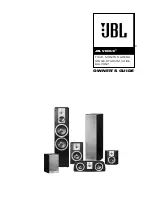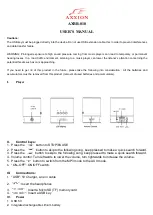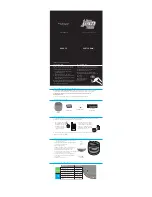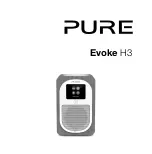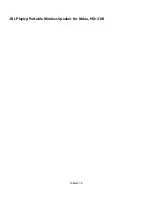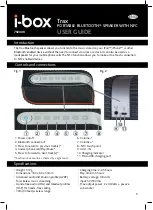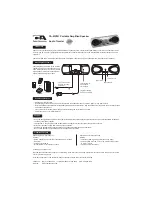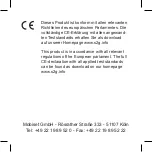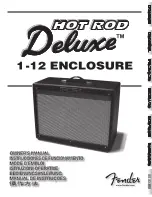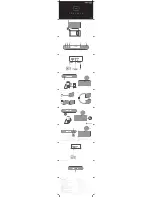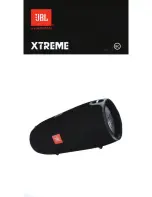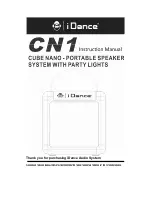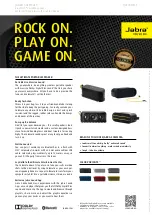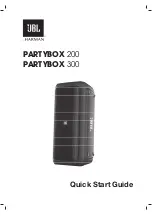
AP1470 R03
© 2004 Altec Lansing Professional
1000 W. Wilshire Blvd., Suite 362
Oklahoma City, Oklahoma 73116
Phone: 1-405-848-3108 • Fax: 1-405-848-3217
Web: www.altecpro.com • Email: [email protected]
P R O F E S S I O N A l
SCALE
1.000
18.661 [474.00]
21.921 [556.80]
15.118 [384.00]
7.736 [196.50]
6.449 [163.80]
1.708 [43.39]
7.622 [193.60]
15.244 [387.20]
1.708 [43.39]
6.756 [171.60]
8.465 [215.00]
1.709 [43.40]
1.709 [43.40]
1.709 [43.40]
8.465 [215.00]
MOUNTING DIMENSIONS
SPECIFICATION NOTES
1 The frequency response of the loudspeaker system is measured at a distance of no less than 3 meters to obtain full range data. The level is
then corrected to be equivalent to a 2.83 V 1 m measurement. A near field measurement of the loudspeaker system is performed for
frequencies below 500 Hz. This data is then combined with the full range measurement to give an accurate composite frequency response
curve.
2 The limits of the frequency response are referenced to -3 dB of the systems rated sensitivity.
3 The sensitivity of the loudspeaker system is the log based average SPL taken over the intended bandwidth of operation for the system with a
2.83 V swept sine stimulus. The data is measured and level corrected in a manner consistent with note 1.
4 The power handling capacity of the loudspeaker system is tested using a full range form of AES Standard 2-1984. The test stimulus is band
limited (40 Hz – 16 kHz) pink noise with a 6 dB crest factor. The applied RMS voltage is determined using the minimum impedance of the
system. The amplifier used to drive the system has a minimum operating headroom of 6 dB referenced to the RMS voltage.
5 The maximum output level of the loudspeaker system is calculated based on the sensitivity and the power handling capabilities of the
system.
6 The coverage angles for the loudspeaker system are taken as the -6 dB points of the directivity response and averaged from 500 Hz – 16 kHz.
7 The minimum impedance of the loudspeaker system is taken over its intended band of operation.
8 The distortion measurements of the loudspeaker system are performed at a distance of 1 m with RMS input voltages corresponding to 1%
and 10% of rated system power handling calculated using minimum system impedance. The distortion percentages are log based averages
from 300 Hz – 3 kHz.
9 Before attempting to suspend the loudspeaker system, consult a certified structural engineer. This loudspeaker system can fall from improper
suspension, resulting in serious injury and property damage. Suspend this loudspeaker system using no less than two of its suspension points.
Maximum enclosure rigging angle is 45°. Use only the correct mating hardware, forged shoulder machinery eye bolt, Mil Spec MIL 51937-3. All
associated rigging is the responsibility of others.
VISIT WWW.ALTECPRO.COM FOR
• Authorized EASE
®
data on Altec Lansing Professional speakers.
• Specification sheets in .pdf format. Download page 1 of the specification sheet for your submittals.
• One paragraph A & E Specifications in .doc format.





